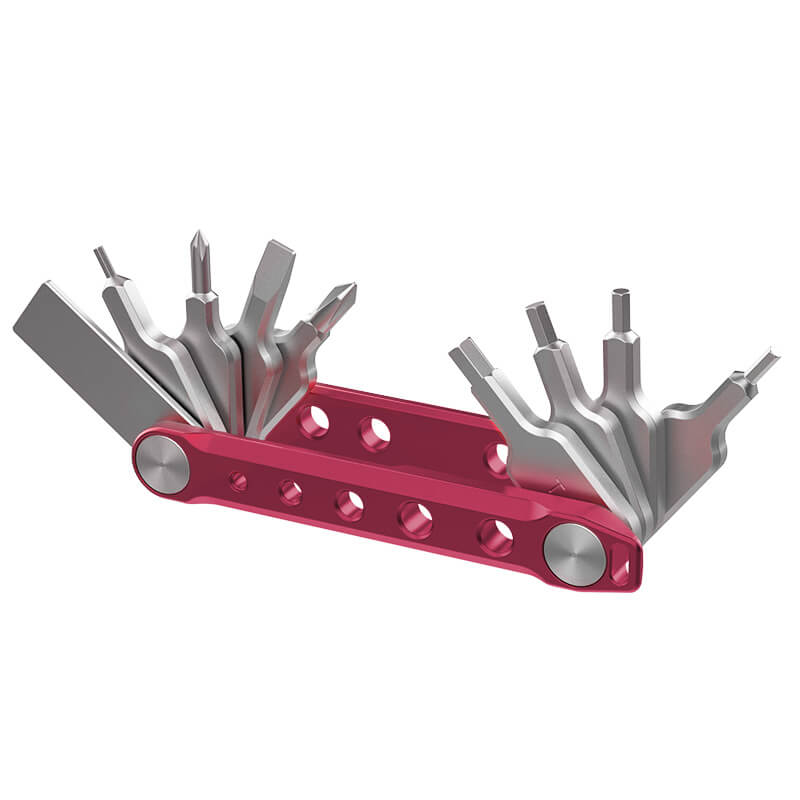In this article, we will revisit some classic camera sensor technologies, with a focus on the milestones achieved over the past 25 years.
CCD Sensors
CCD (Charge-Coupled Device) sensors were the first to provide impressive results at an affordable price point for consumer products. CCD reads one pixel at a time, transferring charge from one pixel to the next. Reading speed depends on the current applied to the chip, which requires substantial power consumption for faster reading. However, CCD's slow readout speed, due to power limitations in consumer cameras, made real-time viewfinding sluggish. From the mid-1990s to the early 2010s, CCD sensors formed the basis of the early digital camera market. During this time, CCD technology continued to evolve, enhancing its performance.
CCD sensors supported the development of early digital cameras, depicted here by the Nikon COOLPIX 995 camera.

Super CCD
As a "branch" of CCD technology, Fuji's Super CCD technology is also worth mentioning. It primarily utilizes a large photodiode and a partially shielded photodiode for each pixel. The sensor of the Fuji S3 Pro was equipped with Super CCD technology, offering a dynamic range far beyond its contemporaries. However, in high ISO situations, the presence of partially shielded photodiodes could potentially impact image quality.
The Fujifilm FinePix S3 Pro, equipped with the Super CCD, is also a highly iconic camera.

Super CCD EXR
Fuji further developed the Super CCD into Super CCD EXR. It slightly offset pixel rows, repeating the Bayer filter pattern in paired rows. This allowed it to provide full resolution in one mode and low-light or high dynamic range modes in another. While no longer in use, this technology shares similarities with today's Quad Bayer or Tetracell sensors.
CMOS Technology
Meanwhile, CMOS (Complementary Metal-Oxide-Semiconductor) technology was also advancing. CMOS sensors transmit information from each pixel through a circuit. This means individual pixel charge information doesn't need to pass through other pixels, resulting in faster charge transfer and less power consumption. CMOS sensors are more cost-effective compared to CCD sensors. Canon's 2000 release of the D30 APS-C DSLR marked the debut of CMOS sensors. Over the next years, CMOS sensor performance improved, gaining praise for impressive high ISO performance.
The Canon EOS 300D, released in 2003, was the first CMOS sensor DSLR priced under $1000.

In the early days, compact digital cameras using small sensors were not particularly successful, leading many of them to continue using CCD sensors. The Olympus XZ-1 digital camera, as shown, is an example.

Foveon X3 Sensor
The Foveon X3 sensor stands out as one of the most famous non-Bayer sensors. It's essentially a CMOS sensor but skips color filters. Instead, it captures three depths of light electrons per pixel and combines color information based on wavelength. Designing this proved challenging, especially for deep red layers, leading to noise issues. It did offer better resolution but exhibited more noise at high ISOs.
The first camera to feature the Foveon X3 sensor was the Sigma SD9.

Back-Illuminated Sensors
With the advent of the high-definition video shooting feature introduced by the Canon EOS 5D Mark II and the subsequent mirrorless era, the readout speed of CMOS sensors has gained increasing attention. Particularly for cameras using larger sensors, faster readout speed is crucial for real-time framing. In 2009, the industry introduced the Back-Illuminated (BSI) sensor, initially developed for smaller sensors used in smartphones and compact cameras. The manufacturing method of BSI sensors is similar to the existing design, primarily utilizing the "back" of the sensor to receive light. This means that the front part of each pixel, responsible for electrical wiring and circuitry, is removed, enhancing each pixel's light absorption capacity. However, the advantages of this technology are not particularly significant for larger sensors. As a result, its application in camera sensors was limited at first.
CMOS technology continues to evolve. For instance, new designs allow for more analog-to-digital converters (ADCs) in sensors, and these ADCs can be placed closer to the pixels. This minimizes electronic noise during readout, as the noise generated by ADCs is partly determined by their operating speed. Therefore, having a large number of ADCs doesn't require each ADC to operate at extremely high speeds, allowing for rapid data readout without increasing noise levels.
Back-Illuminated (BSI) sensor technology began to be applied to larger camera sensors starting in 2014. Since the individual pixels in larger sensors occupy more space, the proportion of a pixel dedicated to improving the "wiring" part in BSI technology is smaller. Hence, BSI's impact on improving image quality in larger sensors is relatively limited. However, there have been upgrades. First, improvements in pixel light reception angles have been implemented to enhance the sensor's edge quality. Second, moving the wiring to the back of the pixel allows for more complex circuitry. This enables further increase in the number of ADCs, resulting in faster readout speed without added noise.
Even nearly a decade later, the use of back-illuminated sensors is not particularly widespread. This is due to the fact that it hasn't brought about significant advances in image quality.
Even in digital cameras like the Sony RX100 series, the image quality improvement brought about by back-illuminated sensors is still limited.

The story of sensor development is not only about Sony and Canon. Samsung was actually the first manufacturer to apply back-illuminated sensor technology to APS-C format cameras. The Samsung NX1, released in 2014, was such a camera equipped with a back-illuminated sensor in the APS-C format.

Dual Gain Technology
Dual gain sensors boost dynamic range. Initially seen in Nikon 1 series, it offers multiple readout modes per pixel, maximizing dynamic range at low ISOs and better shadow performance at higher ISOs. Sony integrated this to enhance dynamic range while improving high ISO performance.
The Sony α7S boasts exceptional high ISO performance.

Stacked Sensors
Stacked CMOS, the latest technology, builds on BSI. Separate semiconductor layers are connected through circuits, enabling intricate circuitry. While challenging and expensive, it enhances data processing. Camera makers utilize this for in-camera caching, improving parallel image capture and faster readouts.
The sensor speed of the Nikon Z9 is sufficiently fast, allowing for an all-electronic shutter. Additionally, it offers separate buffers for full-resolution images, as well as for autofocus and real-time framing. However, this might just scratch the surface of the capabilities of stacked sensor technology.
Summary & Analysis
Today, in most consumer-grade cameras, sensor performance is generally impressive. These sensors deliver excellent dynamic range performance at their base ISO settings, and even at high ISO levels, their electronic noise is significantly reduced, aside from inherent photon noise. However, there is still a considerable gap from major technological breakthroughs. Perhaps in the future, more advancements will allow for extended low ISO ranges to further enhance image quality or breakthroughs in color reproduction accuracy.
Ulanzi is committed to designing and producing camera accessories to solve users' inconveniences when using cameras, offering the best price and quality for our customers.
If you enjoyed this article, please share it! Join our FB group: https://www.facebook.com/groups/ulanzi and Discord group: https://discord.com/invite/aPftfX5AdT to share your ideas! You can also get free articles, updates, and discount information from us.






